Microsoft's innovative Project Spark to let users create, share games on Xbox One, 360, and Windows 8
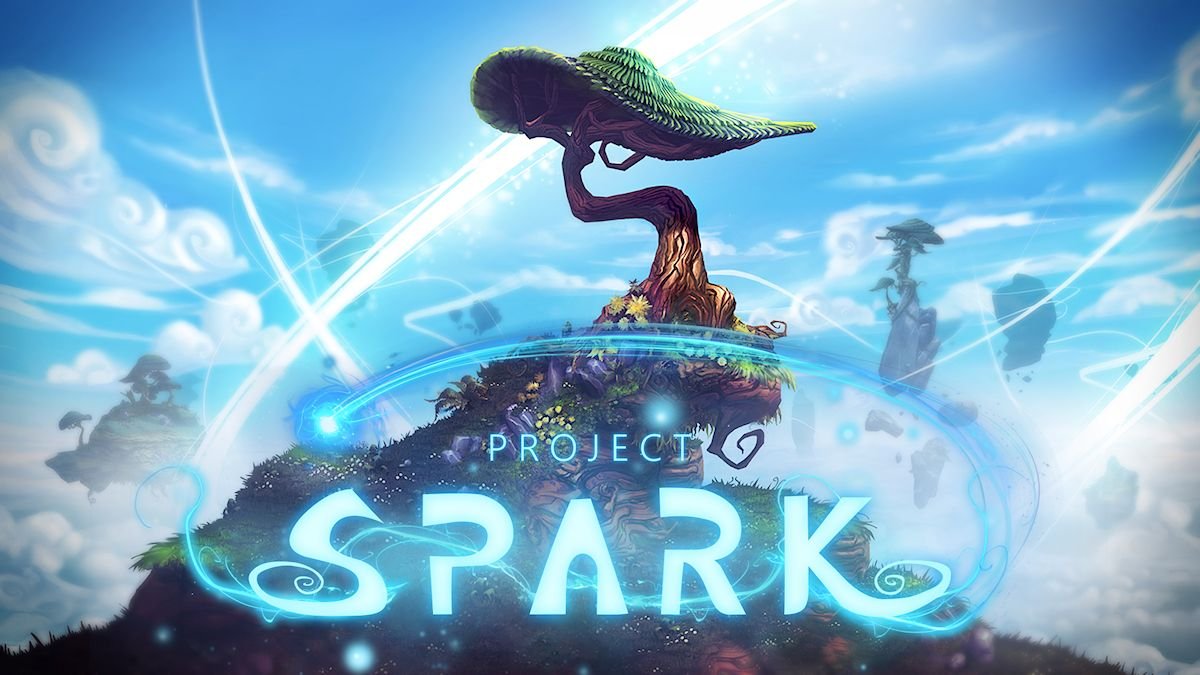
Here we go folks, our last E3 2013 game preview. And you’d better believe I saved the best for last. Xbox One launch games will let players do lots of exciting things: shoot soldiers in Battlefield 4 and Wolfenstein: The New Order, bust zombies in Dead Rising 3, collect millions of LEGO blocks in LEGO Marvel Superheroes, and even beat down fighters in Killer Instinct.
Those are all great games, but they’re also established franchises and genres. Microsoft did announce a game during their E3 Media Briefing that is completely new in every way, though: Project Spark. On the surface, one might confuse Project Spark as being similar to LittleBigPlanet or even the indie title Kodu Game Lab for Xbox 360.
After seeing and hearing more about the game firsthand during E3, we discovered that Project Spark is simultaneously far grander in scale and more approachable than any game creation game that has come before. It’s due out on Xbox One, Windows 8, and Xbox 360 AND supports SmartGlass, so practically all Microsoft fans can get in on the fun. We’ve got an exclusive hands-on video with Claude Jerome, Game Designer at Microsoft and open beta details after the break!
Make it or play it
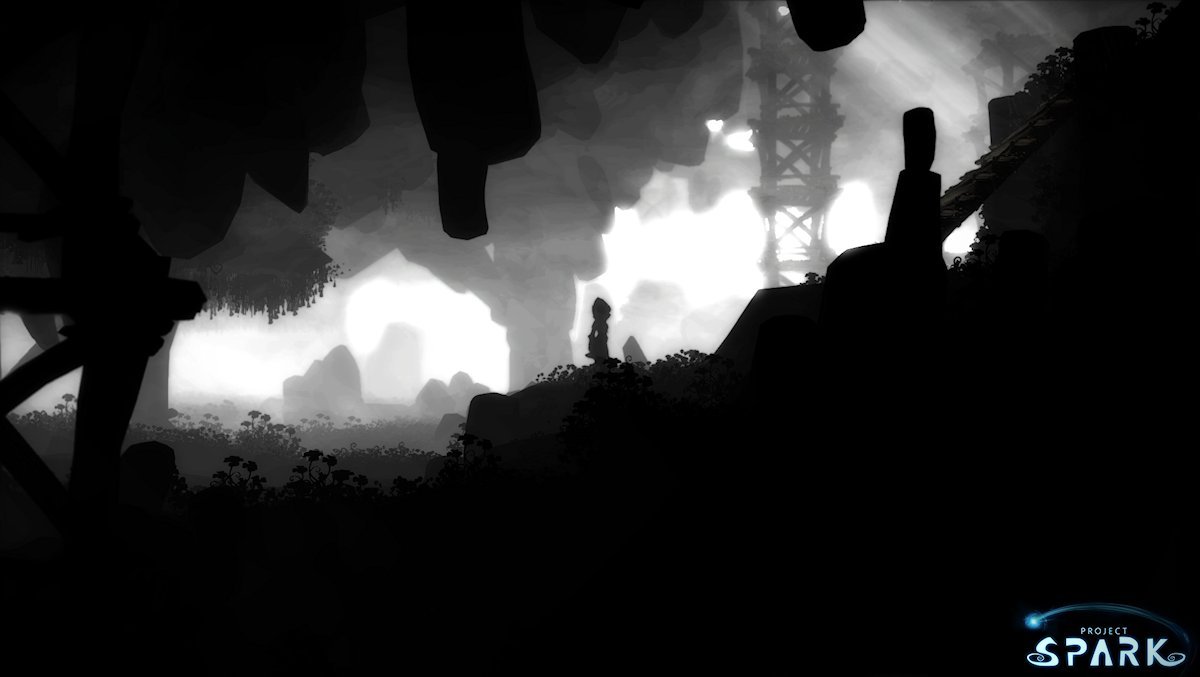
Project Spark is a versatile game creation tool that lets anybody make their own games, from sparkly-eyed young children to crotchety old adults. Before we go into how the creation process works, let’s talk about playing and sharing the games themselves. See, any game you create can be shared online with other players – presumably across platforms, though we’re not totally positive on that aspect yet.
The sharing aspect is what will make Project Spark a must-download game even if you don’t have a creative bone in your body. The assortment of games that Microsoft employees have already made during their down time and triweekly game jams (content creation sessions) will provide players with lots to play through and learn from.
Three of those designer-crafted games stood out, each one totally different from the others. First we saw a black-and-white 2D platformer that looked startlingly similar to XBLA hit Limbo (and phone game Contre Jour). Like Limbo, this game’s narrative follows an ambiguous structure. Instead of text-based instructions, the only clear goal is to follow behind a mysterious creature as it progresses along a dark and lonely path. I can’t say how deep or full the Limbo clone will actually be, but it’s a great proof of the Project Spark engine’s visual versatility.
Project RPG maker
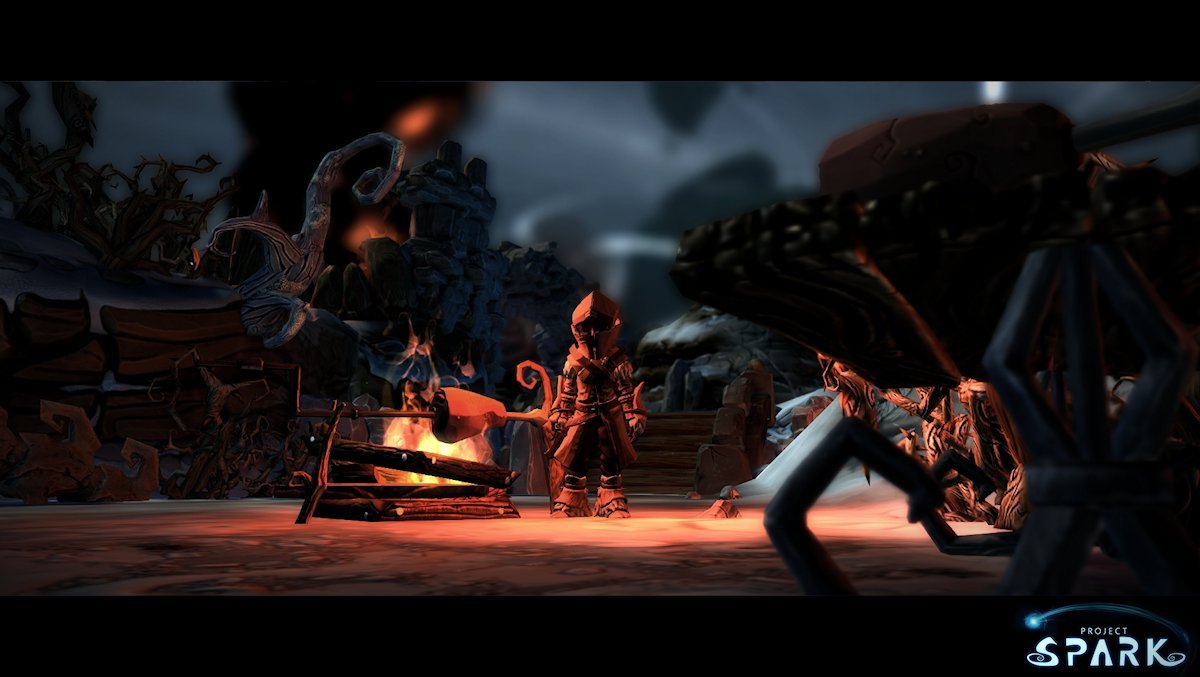
Next up, we saw an RPG called ‘Swan Song.’ Yes, a designer created a game that works exactly like a modern JRPG. The character runs around in a detailed 3D environment, interacting with other NPCs who deliver text-based dialogue. The camera pans and zooms dramatically as the adventure begins and the player hunts for food to last through the night.
All the latest news, reviews, and guides for Windows and Xbox diehards.
Soon he encounters a monster, initiating a battle and switching the perspective to an angled view. Hero and enemy stand far apart and must run up to each other to attack. Initially the player can only choose to attack or taunt the enemy, though he’ll surely gain more abilities as he levels up. The game displays mainstay RPG stats like HP, MP, and an ATB (Active Timed Battle) gauge at the bottom of the screen. Other than a few UI elements here and there, ‘Swan Song’ looks just like a fully-fledged (but lower budgeted) Japanese RPG.
Play it again, Sam
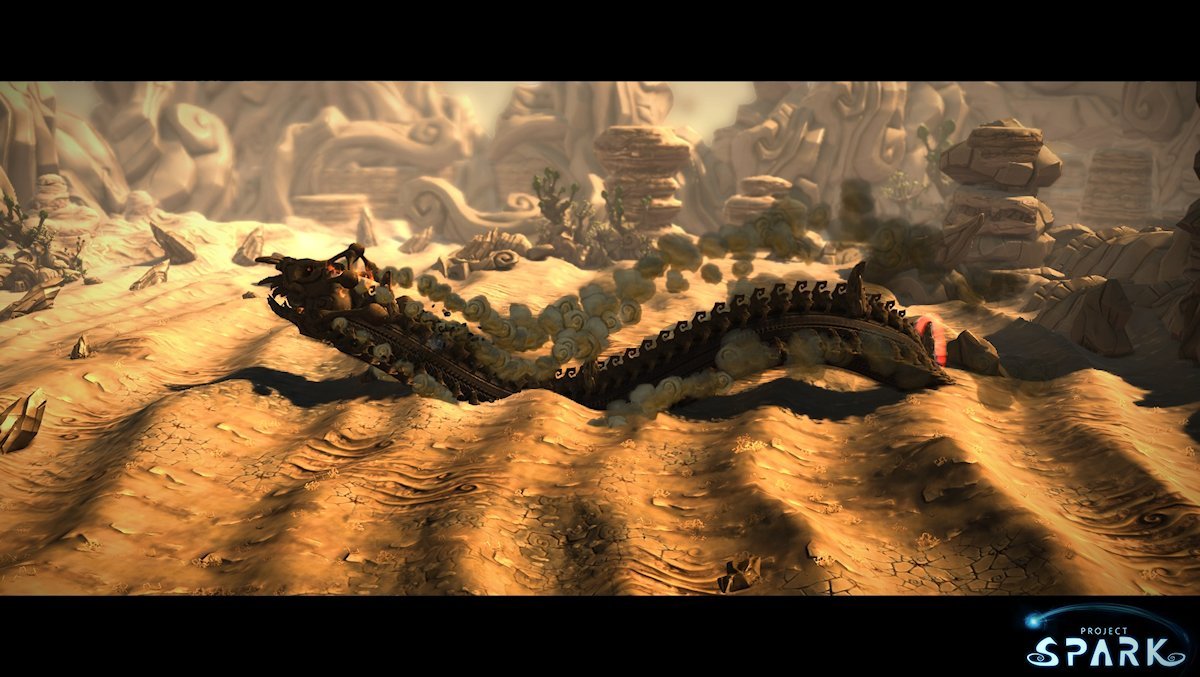
Looks like a nasty sandworm infestation they've got there.
The final “game” that caught my eye isn’t really a game at all. ‘Synthesizer’ – as the name implies is an actual working interactive keyboard synthesizer built entirely within Project Spark. If playing with a touch screen or SmartGlass, you can just switch on the synthesizer, adjust a few nobs, and start twinkling away on the keys. It even has an automated demo song! And if you’re stuck with a controller, you’d just use a cursor to flip the switches and tickle the ivories.
Downloading and playing games like these would be cool enough on its own, but it gets even better for aspiring game makers. You can “peak behind the curtain” of any game you download and see how it was created. Then feel free to change things up a little and leave your own personal touch on it. For instance, our presenter switched the Limbo clone’s color palette to natural colors instead of black and white, instantly giving the game a wildly different feel. When he created a playable rock to jump around on the Synthesizer’s keys, I had to laugh.
World building made simple

Look, it's an Angry Birds clone...
Project Spark includes an amazingly simple game building mode called Crossroads. The idea is to answer a few simple questions about what kind of game you’d like to make, watch as the engine creates the game for you, and then play through your creation.
The questions couldn’t be simpler. First it asks what type of environment you’d like to build the game in. Use the interface of your choice to answer – even Kinect voice commands. Then choose a protagonist, a home for your character, and an objective such as completing a quest or defending against an invading army.
Next choose a destination like a Quarry, Observatory, or Fortress and draw a path from your base to the destination. Project Spark automatically populates the path with random encounters, sidequests, and objects to make things interesting for the player. Once you’ve completed the path, you can add a new chapter to expand the game or hop right in and play it.
Some of the events that unfold during your game will open up new items for you to use across all of Project Spark’s modes. We watched a player look through the telescope of the Observatory he had just placed on the map. He glimpsed a meteor falling from the sky and ran down to investigate. Once there he found a Flame Sword to use through the remainder of the game or as a building tool in Create mode.
Go as deep as you like

Create is the full-fledged editor where advanced users will style their own worlds and games. You’ll start with an empty blue world. From there, you can sculpt land up from the blue or erode down below it, which automatically fills the hole with water. Activate a smartpaint to spray the land with the texture set of your choice – it will cover the ground with grass and then automatically add rock faces to cliffs, for instance.
There’s too much to do in Create mode for us to discuss in this article, so I’ll give you a quick example of how fun it can get. Our presenter selected a bird to place within the environment. He then placed a whole flock of them with minimal effort.
By default, the bird AI will fly away when a player approaches it. You can paste that same AI in other character types and do silly things like have goblins fly into the air when they see you. Editing the bird AI a bit, the presenter added an extra behavior: explode. The birds then took off and burst like fireworks when they detected him. Player-created AIs can be shared with the world in the Brain gallery.
Beta and release details
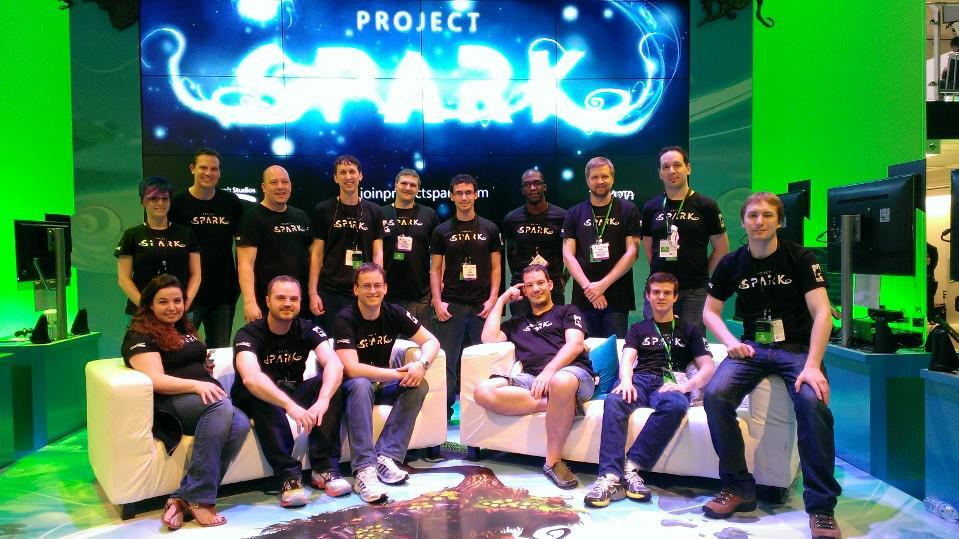
When Project Spark debuts sometime near the Xbox One launch window, it will be a free-to-play game. Players will have to option of buying new objects and texture sets with which to enhance their creations. Since the game is coming to Xbox One, Xbox 360, and Windows 8, maybe we’ll get to buy an object once and use it across all platforms – Microsoft couldn’t say yet. They also promised to reveal multiplayer details at a later time.
If you’re as eager to play this game as I am, don’t miss out on the Project Spark Beta Program! Head to JoinProjectSpark.com and sign up today.

Paul Acevedo was formerly a Games Editor at Windows Central. A lifelong gamer, he has written about videogames for over 15 years and reviewed over 350 games for our site. Follow him on Twitter @PaulRAcevedo. Don’t hate. Appreciate!
